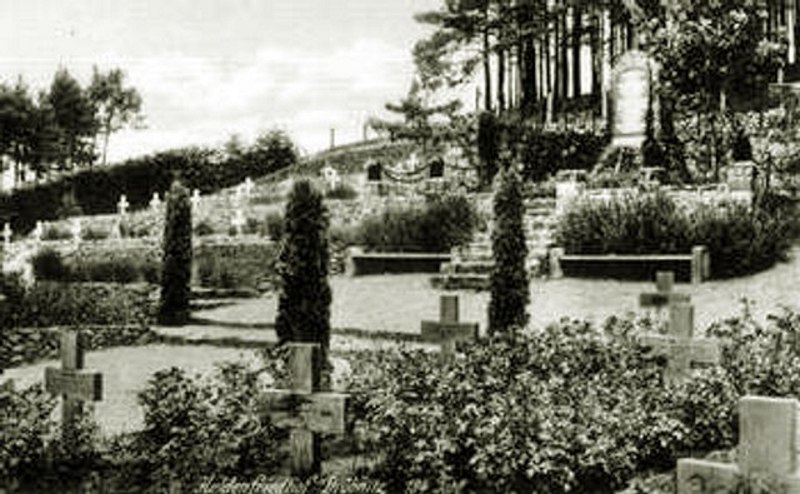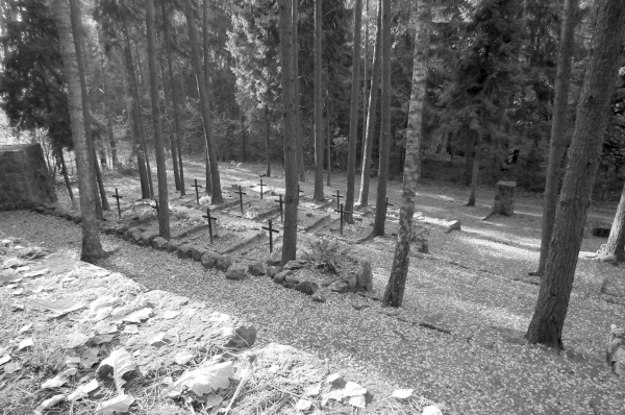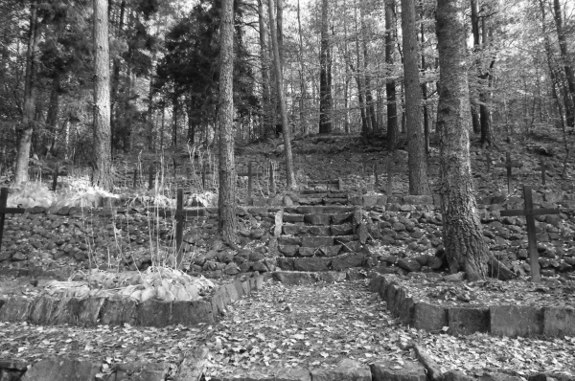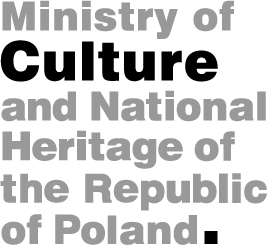|
|
a cemetery at Drwęck The Village of Drwęck is located in Varmia-Masuria Province, the county of Olsztyn, commune of Olsztynek. In the years of the First World War, the then Village of Dröbnitz and its vicinity (East Prussia) were the site of a decisive battle between the German army under Marshals Hindenburg and Ludendorff and the Russian army under General Samsonov. Germany's spectacular victory consituted a particular form of revenge for Tannenberg/ Grunwald of 1410; therefore the battle has been named by historiography as The Battle of Tannenberg. As a result of the War and the fighting that took place in the East Prussian area, more than 60,000 soldiers died on both sides. Austrians, Englishmen, Poles, Romanians and Belgians being among them, next to Germans and Russians. The cemetery at Drwęck is located approximately 400 metres south of the village; formerly located on its edge, the cemetery is now in a grove of pines on a small hill. The character of its location was dictated by the idea of so called "heroic groves", popular at that time. The cemetery, arranged on the plan of a polygon, as located on eight terraces, seven of which are devoted to soldiers' graves while the eighth serves as a passageway. The slopes of the terraces, as well as escarpments surrounding the cemetery and the roll-call square adjacent to it, were reinforced with stones found in the surrounding fields. A wooden cross, several metres high, is placed on top of the wall; similarly, a simple wooden cross stands on every grave. The border of the cemetery is delimited by rows of spruce, whose number have now been reduced so that there are scarcely any left. Orignally, there was a stone plaque on the wall of the cemetery opposite the entrance at the end of the axis. It read: "HIER STARBEN DEN HELDENTOD FÜR KÖNIG UND VATERLAND IN DER SCHLACHT BEI TANNENBERG AM 28 AUGUST 1914 VOM RES. INF. REG. NO 9". 183 soldiers are buried in the cemetery, mostly from 9Res. Inf. Reg. of the German army, fallen in the fight for the village of Dröbnitz on 28 August 1914. Thanks to social intervention, the cemetery at Drwęck was not covered with forest or overgrown with weeds, thus avoiding its disappearance as a site of memory. In August 1993, the "Borussia" project was realised near the village of Drwęck, the aim of which was the renovation of old cemeteries from the First World War, the return to a natural landscape and the revival of the memory of those events, also, in the awareness of the inhabitants of the village. The authors of the project, additionally, carried out an educational project addressed to young people, aimed at their awareness of and participation in the process of "historical reanimation" and "the learning of and identification of reality". All of the objectives and plans of the "Borussia" project were successfully realised between the years 1993-1998. Translated by Marzena Beata Guzowska
|

An archival photograph of the cemetery at Drwęck. 
A fragment of the terraces of the cemetery, present view. 
General view, entrance to the cemetery. |
|||
| |||||
